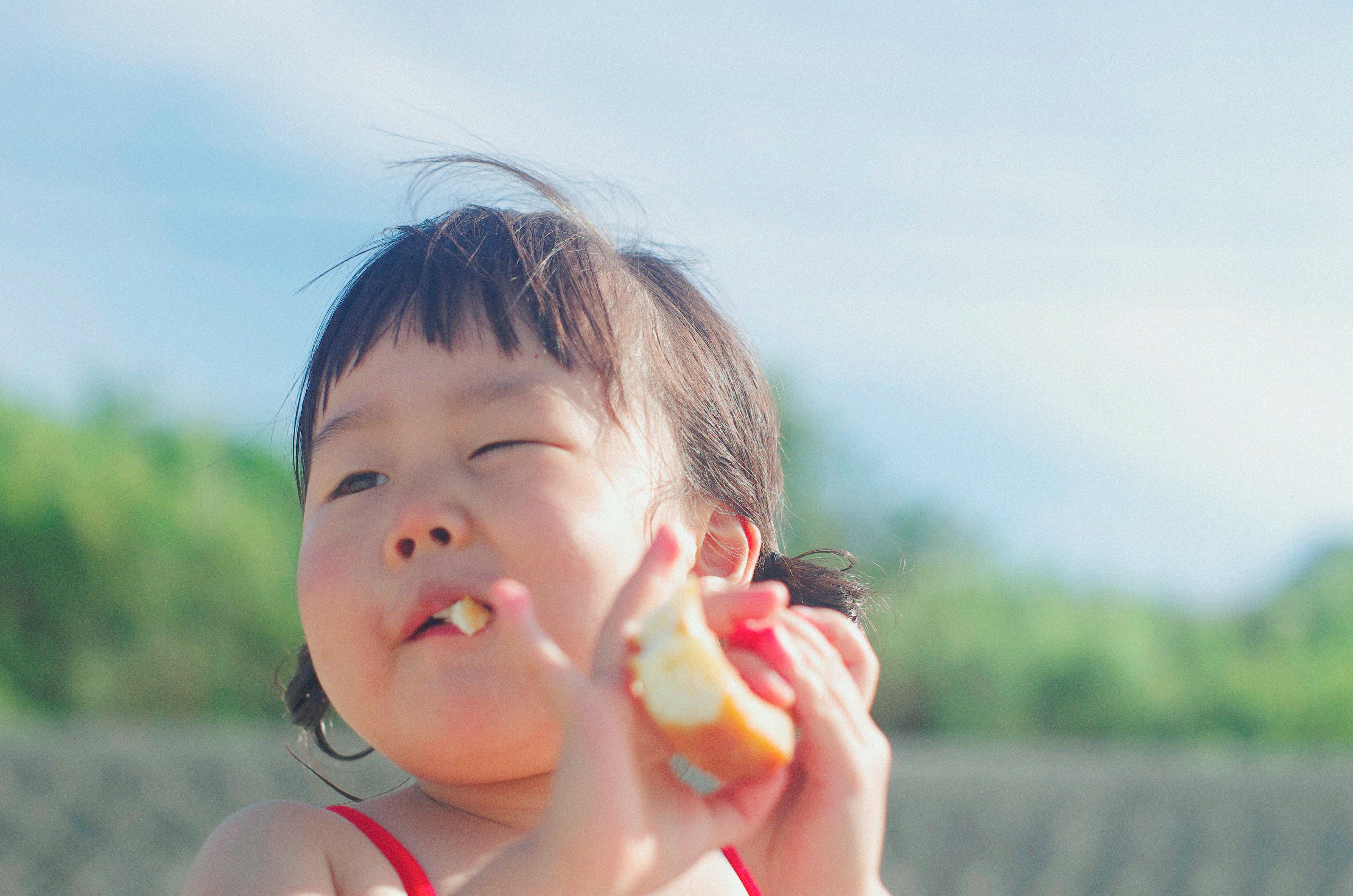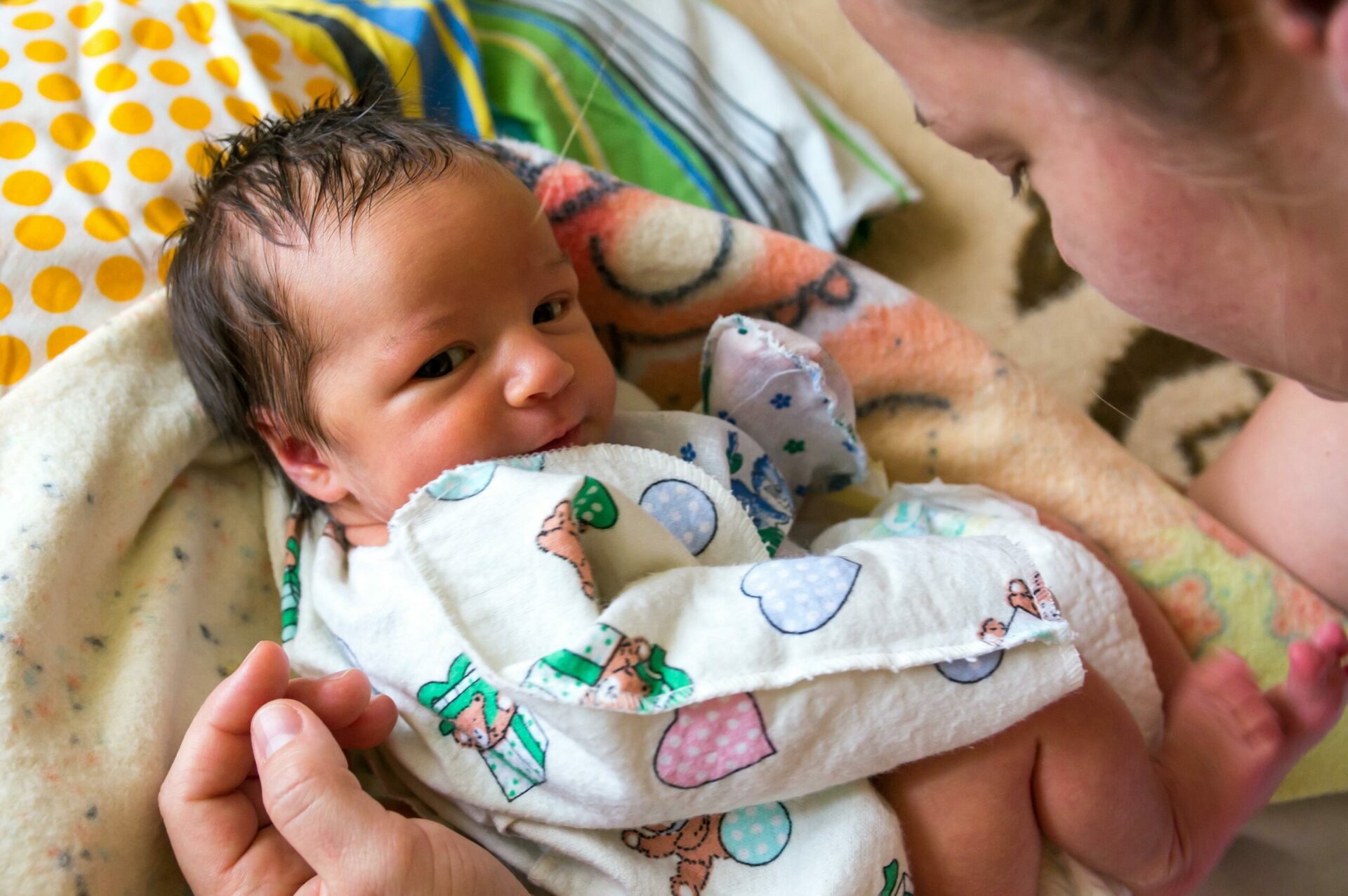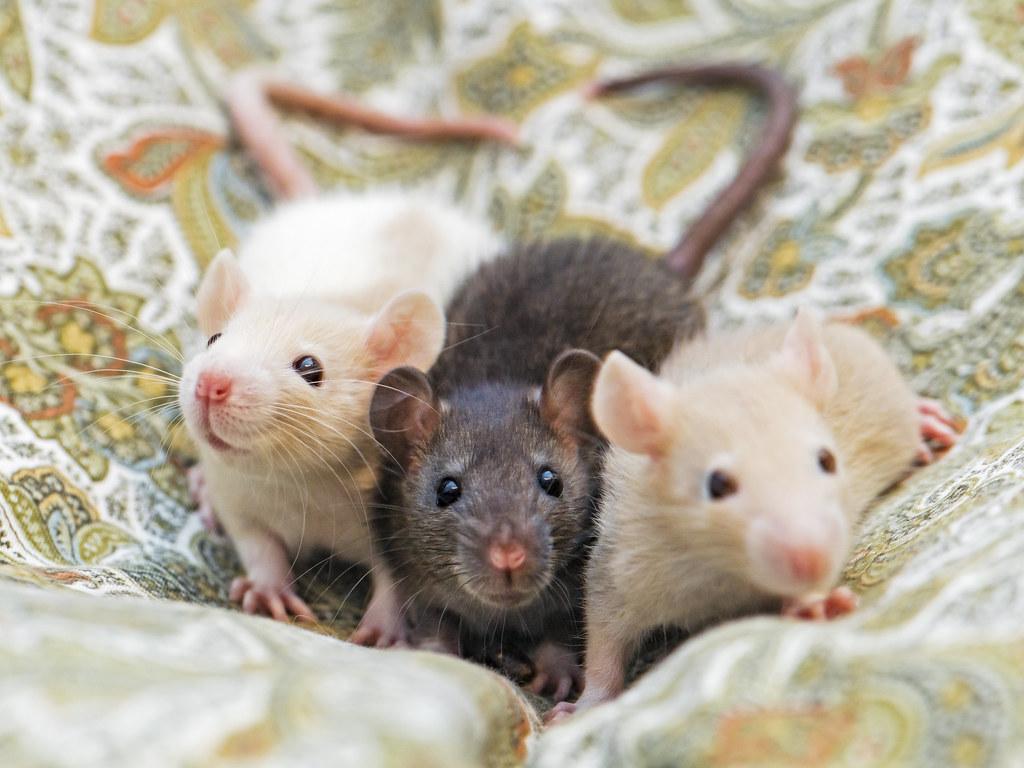When it comes to introducing solid foods to babies, parents often wonder when is the right time to give their little one puffs. Puffs are a great choice for toddlers as they are light and easy to chew and can help with the transition from breastmilk or formula feeding to eating real food. With that said, it is important to note that puffs should not be given before baby is ready for solid foods, typically between 4 and 6 months of age.A baby can typically start eating puffs once they are able to pick up small objects and bring them to their mouths. This usually occurs around 8 months of age.
Introducing Puffs To Your Baby
Introducing puffs to your baby can be an exciting yet intimidating time for any parent. Puffs are a great source of nutrition and can help your baby transition to solid foods. However, introducing them too early or in the wrong way can cause choking hazards and other health issues. Here are some tips on how to introduce puffs to your baby safely and successfully.
Start by introducing only one puff flavor at a time. This will allow you to identify any allergy or sensitivity issues your baby may have with certain ingredients. Start with a small amount, such as half a teaspoon, and then gradually increase the amount as your baby gets used to the flavor and texture of the puffs.
Once you’ve established that there are no allergy or sensitivity issues, you can gradually introduce more flavors of puffs to your baby’s diet. Start with mild flavors such as apple or banana, and then move on to more flavorful varieties like strawberry or blueberry. Let your baby experiment with different flavors and textures until they find their favorite ones!
When it comes to serving size, start small with just a pinch of puffs on their plate or in their bowl. As they get used to eating the puffs, gradually increase the portion size until they are able to eat a full serving without difficulty. Remember that even if they seem uninterested in eating the puffs at first, this is normal behavior and it doesn’t mean that they won’t like them eventually!
It’s important not to rush this process – some babies may take longer than others before they are ready for solid foods like puffs. Don’t pressure them into eating if they don’t want to – instead, focus on making meal times fun by incorporating simple games like counting the pieces of puff or pretending that the pieces are airplanes flying around their plate! This will help make mealtime enjoyable for both you and your little one.
Overall, introducing puffs into your baby’s diet can be an exciting milestone – but make sure you take it slow and follow these tips for successful feeding!
Introducing Puffs To Your Baby
Introducing puffs to your baby can be a great way to help them begin their journey of developing healthy eating habits. However, it is important to make sure that your baby is ready for this new food before introducing it. It is recommended that babies are at least six months old before introducing any solid foods, including puffs. At this age, your baby should have developed the necessary motor skills and coordination to be able to manage the texture and shape of puffs in their mouth.
Preparing Puffs For Your Baby
Puffs are usually best served as-is, but if you’re worried about choking hazards then you can also mix them with breast milk or formula. This will help soften the puffs and make them easier for your baby to manage. Along with this, it’s also a good idea to serve puffs in small pieces so that they can be easily picked up by small hands and held in a closed fist.
Making Sure That Puffs Are Safe For Your Baby
It’s important to always read the label on any product before giving it to your baby. You should look out for any allergens or additives that may not be suitable for your baby’s age or development level. Additionally, check for any choking hazards such as small pieces or hard edges which could present a risk if swallowed whole.
Age Guidelines For Introducing Puffs To Your Baby
In general, it is safe for babies aged six months and above to begin eating puffs as part of their diet. However, each child is different and may need more time before being able to safely eat these foods. If you are unsure if your baby is ready then speak with your pediatrician who will be able to provide tailored advice depending on the specific development needs of your child.
Are Puffs Safe For Babies?
Puffs are generally considered safe for babies, as long as they are eaten in moderation. Puffs are made from cereals such as rice, wheat, or oats and contain a variety of vitamins and minerals. They are also low in sugar and fat, making them a great snack for babies.
However, puffs can be a choking hazard for young children, so it is important to supervise your baby while eating them. Make sure the puffs are chewed properly before being swallowed and that your baby is sitting upright when eating them. It is also important to avoid giving puffs to babies under six months old.
Puffs can also contain added ingredients such as artificial colours and flavours which can be unhealthy for babies. If possible, look for organic or all-natural brands of puffs that don’t contain any artificial additives.
Overall, puffs can be a nutritious snack for growing babies if they are eaten in moderation and with proper supervision. However, it is always best to check with your doctor before introducing new foods to ensure they are safe for your baby’s particular dietary needs.
The Benefits of Puffs for Babies
Puffs are one of the most popular snacks for babies due to their small size and soft texture. They dissolve easily in a baby’s mouth, making them an ideal finger food for little ones just starting to eat solid foods. Puffs are also packed with essential nutrients and vitamins that help keep babies healthy. Here are some of the benefits that puffs offer for babies:
Easy to Digest
Puffs are easy to digest, making them a great option for young babies who aren’t used to eating solid foods yet. The small size and soft texture helps them dissolve quickly in the baby’s mouth, allowing them to get the nutrition they need without feeling overwhelmed by large pieces of food.
Nutrient-Rich Snack
Puffs contain important vitamins and minerals that your baby needs for growth and development. They are fortified with vitamin A, iron, calcium, zinc, and other essential nutrients that help support a healthy immune system and strong bones. Plus, they come in a variety of flavors that can help make mealtime more enjoyable for your little one.
Safe for Teething
When your baby is teething, it can be difficult for them to eat solid foods without discomfort or pain. Puffs offer a safe alternative as they dissolve easily in the mouth and require minimal chewing effort. This makes them an ideal snack when your little one is feeling uncomfortable from teething pains.
Convenient Option
Puffs are very convenient as they come in single-serving containers or larger resealable bags that you can take anywhere you go. This makes it easy to ensure your baby is getting the nutrition they need while on the go without having to stop at home or carry around bulky containers of food.
All in all, puffs provide an excellent source of nutrition and convenience for babies just starting out on solid foods. They provide essential vitamins and minerals while being easy to digest and safe for teething babies. Plus, their small size makes them perfect for on-the-go snacking!

Precautions to take when feeding puffs to your baby
When it comes to introducing your baby to solid foods, puffs are a great way to start. Puffs are small, soft, melt-in-your-mouth snacks that are easy for little hands and mouths to pick up and chew. However, there are a few precautions you should take when feeding puffs to your baby.
First, make sure you choose an age-appropriate puff product for your baby. Many puff products come in different shapes and sizes that are suitable for different ages. Check the package labeling for age recommendations before purchasing any puff product.
Second, always supervise your baby while they’re eating puffs and make sure they don’t put too many in their mouth at once. Eating too many puffs at once can lead to choking or other health risks. It’s also important to watch out for any signs of allergic reaction if it’s the first time your baby is trying a new puff product.
Third, if you give your baby pieces of a broken puff, make sure they’re small enough that they won’t pose a choking hazard. It’s best to avoid giving them broken pieces of puffs if possible as they can be harder for babies to chew and digest properly.
Finally, never leave any unfinished puff products out in the open or within reach of children as they may contain nuts or other allergens that could be dangerous if ingested by young children. After each feeding session, it’s important to discard any remaining puffs in order to prevent contamination or spoilage.
By taking these precautions when feeding puffs to your baby, you can help ensure that their snack time is both safe and enjoyable!
Signs of Readiness for Eating Puffs
When it comes to knowing if your baby is ready for eating puffs, there are several signs to look out for. First, your baby should be sitting up on their own and have strong head and neck control. This will ensure they are able to safely eat the puffs without choking. Additionally, your baby should be able to pick up small objects with their fingers and move them from one hand to the other. This shows that they have developed the fine motor skills necessary for feeding themselves.
It is also important that your baby has an interest in feeding themselves. If your baby is not interested in picking up food or putting it in their mouth, then they may not be ready for eating puffs yet. Similarly, if your baby does not seem to recognize food or show excitement when presented with it, then they may need more time before beginning with this type of snack food.
Finally, watch for signs that your baby is developing molars and canines as these will help them chew the puff snacks more easily. If you notice these teeth coming in, then it may be time to introduce puffs into their diet. Remember though that all babies develop at different rates and while some may be ready for eating puffs earlier than others, it’s important to watch your child’s cues and progress before offering them any new foods or snacks.
Cereal and Puffs for Babies
Cereal and puffs for babies are two of the most popular baby food products available. Cereal is generally a combination of grains, such as oats, wheat, barley, or rice, that has been cooked with water or milk. Puffs are usually made from a variety of grains, such as cornmeal and wheat flour, that have been ground up and puffed into small pieces. Both products can be fortified with vitamins and minerals to provide extra nutrition for babies.
The main difference between cereal and puffs is in their texture. Cereal tends to have a thicker, creamier consistency than puffs. Puffs are usually crunchy and light in texture. They also tend to dissolve quickly in a baby’s mouth compared to cereal.
In terms of nutrition, both cereals and puffs are good sources of essential vitamins and minerals for babies. However, cereal typically contains more protein than puffs do, making it a better choice if your baby needs extra protein in their diet. Additionally, cereals often contain more fiber than puffs do, which can help promote healthy digestion in babies.
When it comes to convenience, both cereals and puffs can easily be prepared with water or milk for a quick meal or snack for your baby. However, some parents prefer the convenience of pre-made infant cereals or puffed snacks since they don’t require any preparation before feeding them to their babies.
Overall, both cereals and puffs are great options when it comes to providing nutrition for your baby’s diet. However, depending on your baby’s individual needs you may want to choose one over the other based on its nutritional content or convenience factor.

Conclusion
Once your baby is ready to move on from purees to solid food, puffs are a great snack option. They are easy to grip and dissolve quickly in the mouth, making them an easy transition from pureed food. Puffs should be introduced only after your baby has learned to sit up unassisted and can pick up small objects with their fingers. It’s important to remember that puffs are not a substitute for mealtime and should only be offered as an occasional snack. Always be mindful of the ingredients in store-bought snacks, as they may contain added sugar or other ingredients that may not be suitable for your baby.
In conclusion, baby puffs are a convenient snack option for babies who have already begun eating solid foods. They provide important nutrients like iron, zinc, and vitamin E and make it easier for babies to transition to more solid foods. As long as you offer them in moderation and check the ingredients list before buying store-bought versions, puffs can provide a safe and nutritious snack for your little one!




